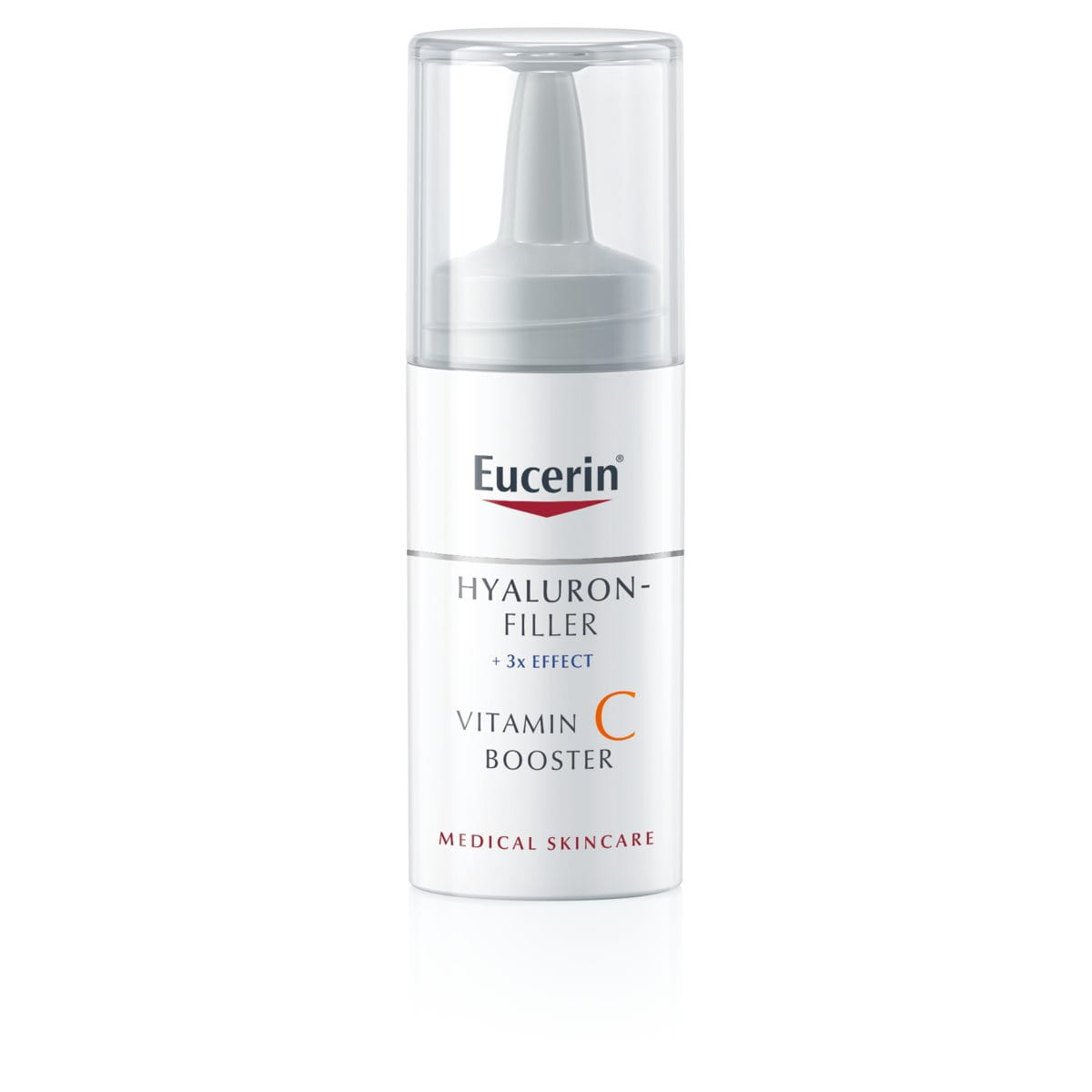Living with atopic skin can be difficult, and never more so than during a ‘flare-up’ when symptoms are at their worst. This article looks at what we mean by a ‘flare-up’ and explains the two distinct phases of atopic skin. It examines the factors most likely to trigger a flare-up and makes informed suggestions to help you calm and care for skin when it is at its most irritable.
What is a flare-up?
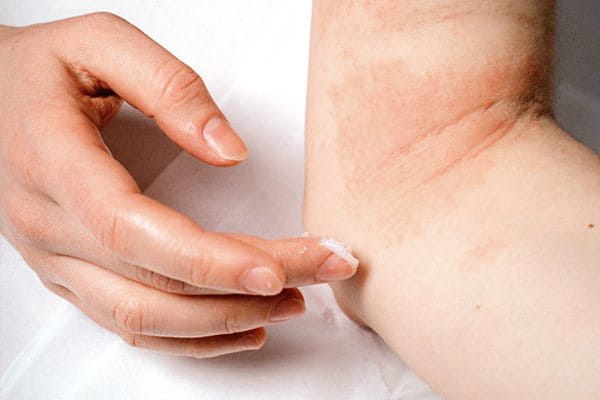
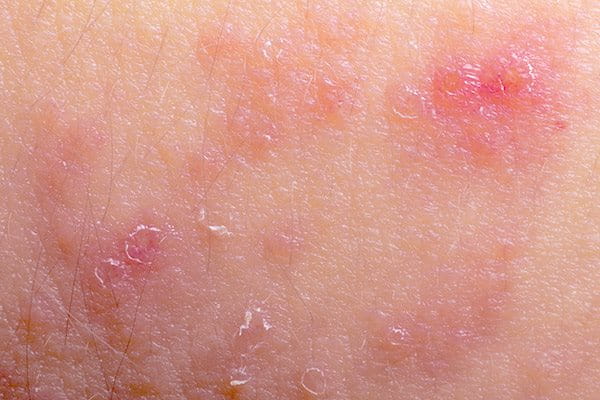
Atopic Dermatitis has two distinct phases. A flare-up is one of the terms used to describe the phase when skin is at its most irritable.
A flare-up is also known as the ‘active phase’ or `acute phase` of the disease and symptoms include the following:
- Itchy or intensely itchy skin. It may be sore too, and some people experience a burning sensation.
- A rash that appears dry, red and flaky. It can be uneven or swollen and may bleed mildly.
Skin can flare up on any part of your body but the rash is most common on the face, scalp, neck, décolleté/chest, hands, wrists, the knee cavities and elbow folds. You can read more in Facial Atopic Dermatitis, Atopic Dermatitis on the head and scalp, Atopic Dermatitis on the hands and Atopic Dermatitis on different parts of the body. Symptoms also vary according to age and you can discover how in Atopic Dermatitis in babies and children and Adult Atopic Dermatitis.
Flare-ups versus not acute phases
The flare-up phase is by far the most distressing of the two phases and can effect sufferers both physically and psychologically. You can read more in How Atopic Dermatitis affects sleep and quality of life.
The length of a flare-up varies from person to person and, thankfully, there are steps you can take to soothe skin during a flare-up as well as to reduce the severity of flare-ups and prolong the period between them. The period between flare-ups is known as the non-acute phase and you can read more about it in Understanding Atopic Dermatitis.
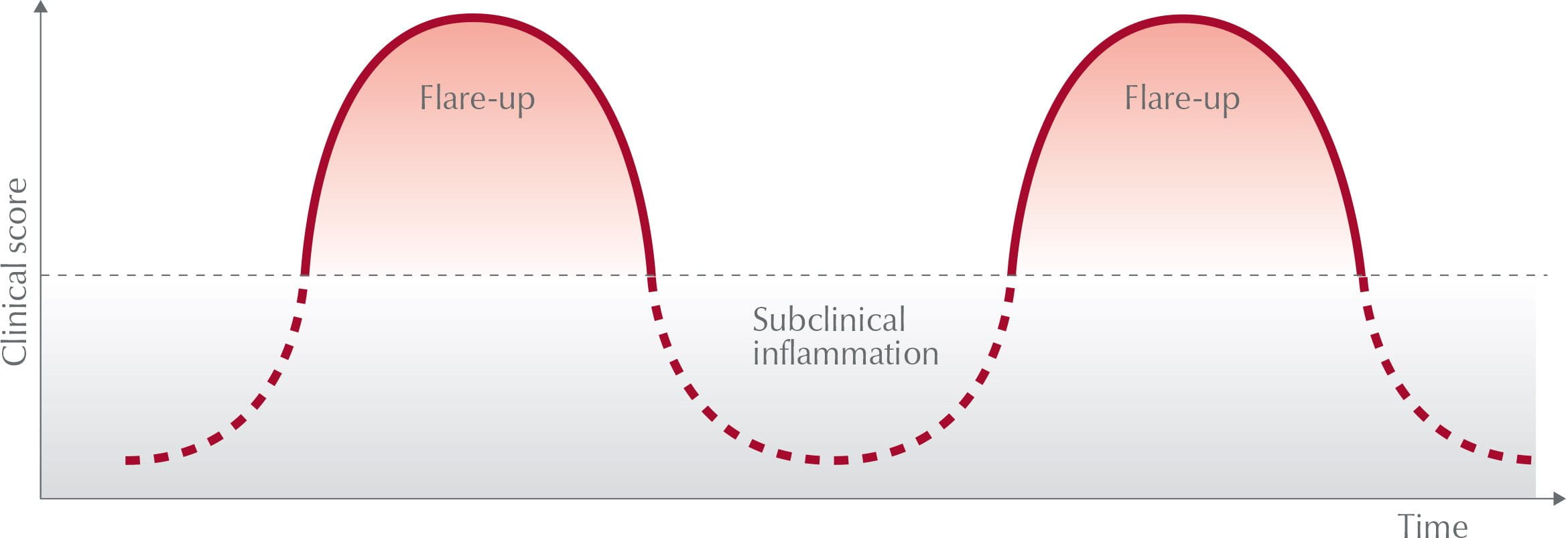
What causes or triggers a flare-up of Atopic Dermatitis?
Atopic Dermatitis is an inflammatory dry skin disease. Largely genetic, it is linked to a compromised skin barrier function and an immune disorder. Environmental irritants and allergens can trigger a reaction in those already disposed to Atopic Dermatitis. You can find out more about the causes in Understanding Atopic Dermatitis.
As a result of its compromised barrier, atopic skin struggles to retain essential moisture and lipids. It dries out even more and is even less able to protect against external influences. Skin becomes prone to irritation and infection and, because people with atopic skin already have a weakened immune system, they are less able to combat these irritants and more prone to allergic reactions.


There are many different factors that can trigger a flare-up and make symptoms worse. These vary from person to person but may include:
Climate and pollution: Changes in temperature, hot and humid climates and the air pollution typical of cities have all been known to exacerbate the condition.
Sweat: Sweat can irritate skin’s surface and cause itching and irritation.
Stress: Sufferers often report that their skin is more likely to flare-up when they are stressed. And, of course, the itchier their skin becomes, that stress is likely to increase.
Allergies: House mites, pollen and/or dust can all trigger a flare-up. You can find out more about the relationship between Atopic Dermatitis and asthma and hay fever in Understanding Atopic Dermatitis. The possible link between diet and Atopic Dermatitis is a controversial one, but some people report that certain types of food and drink make their skin worse. The most commonly allergenic foods are eggs, milk, peanuts, wheat, soy, tree nuts, shellfish and fish1,2.
Cigarette smoke: Both smoking and passive smoking can worsen symptoms
Fabrics: Synthetic, non-breathable fabrics such as nylon and Lycra can irritate skin. And itchy wool can too.
Jewellery: Watches and jewelry often contain nickel. When worn continuously, sweat can oxidise nickel and cause a reaction.
Chemicals: The ingredients in some make-up and sun protection protects may trigger a flare-up. Harsh cleansers, some washing detergents and cigarette smoke have also been known to activate atopic skin.
Sun: Some people report that the sun alleviates their symptoms while, for others, it can trigger flare-ups and make skin worse.
You can find out more about many of these in factors that influence skin.
The symptoms of Atopic Dermatitis can also trigger and/or exacerbate a flare-up. Because skin is dry and itchy, sufferers scratch. This scratching damages skin’s protective barrier and a bacteria known as Staphylococcus Aureus is able to multiply and infect skin. This infection causes inflammation and itching which worsens the condition making skin even more irritable and itchy: a vicious circle known as the Atopic Skin Cycle.
The Itch Scratch Cycle
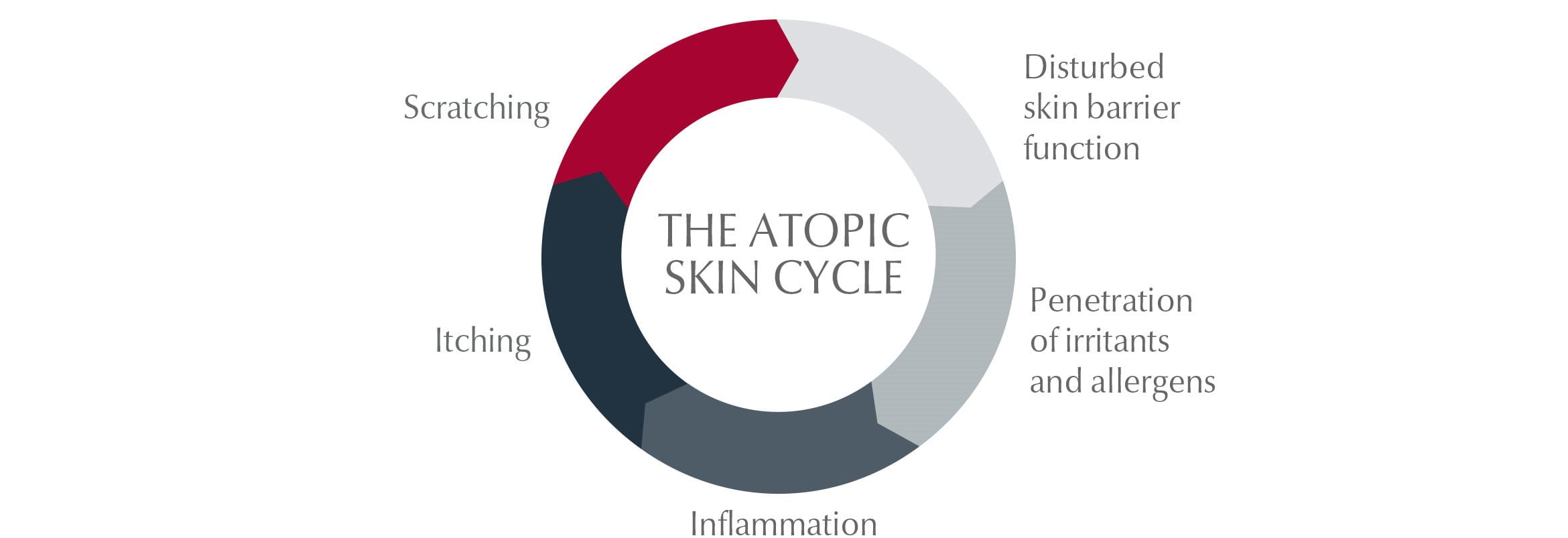
Can a flare-up affect more than just your skin?
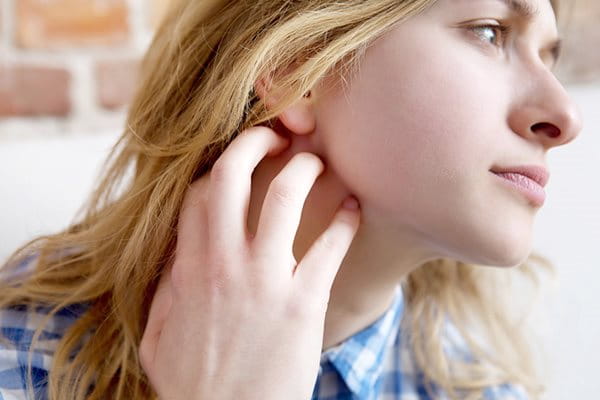
Flare-ups of Atopic Dermatitis can have a considerable impact on quality of life. Beyond the itching and skin discomfort, sufferers report a lack of sleep, discrimination, stress and low self-esteem.
Although Atopic Dermatitis is non-contagious, it impacts on family and caregivers too −relationships are affected by the constant itching, sleepless nights and low self-esteem of the sufferer and, in the case of babies and children, parents often feel guilty and helpless.
You can read more in How Atopic Dermatitis affects sleep and quality of life, and find out about the specific impact it has on different age groups in in Atopic Dermatitis in babies and children, and Adult Atopic Dermatitis.
How can I prevent or reduce flare-ups?
Sadly there is no cure for Atopic Dermatitis, but there are lots of things you can do to care for your or your child’s atopic skin and help reduce and calm symptoms:
Avoid potential triggers

Identifying and avoiding potential triggers is another important step in delaying and reducing symptoms. You can read about the potential triggers of Atopic Dermatitis and how to avoid them in Understanding Atopic Dermatitis. If your baby or child suffers from the disease then Atopic Dermatitis in babies and children will give you advice on the triggers most commonly associated with infants and how to avoid those.
Sources
- Overview of Atopic Dermatitis, Avena-Woods C, Am J Manag Care, 2017 June, Vol. 23, No. 8, Supplement S115-123
- Handout on health: atopic dermatitis (a type of eczema). National Institute of Arthritis and Musculoskeletal and Skin Diseases website. https://www.niams.nih.gov/Health_Info/Atopic_Dermatitis/. Published July 2016. Accessed April 13, 2017
- Ben-Gashir MA. Relationship between quality of life and disease severity in atopic dermatitis/eczema syndrome during childhood. Curr Opin Allergy Clin Immunol. 2003 Oct; 3(5):369-73
- Eucerin PiU study. Italy. May 2017
Effective medical treatment and good skincare
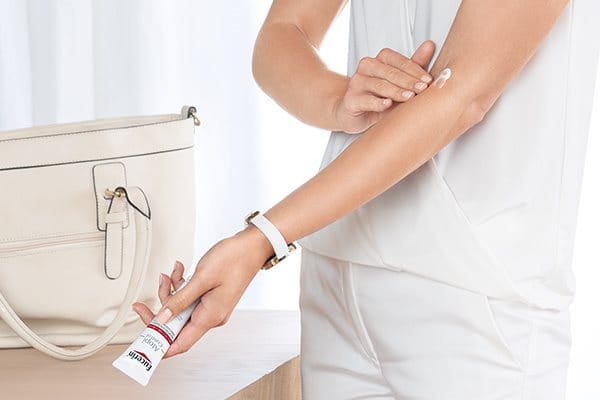
Research has shown that medical treatment can improve quality of life measures3 so talk to your doctor to find out what treatments would be best for your skin. Options include:
- a steroid, such as Hydrocortisone 1% Cream
- a more potent cream or ointment
- bandages and wet wraps
- phototherapy (ultraviolet light treatment to reduce inflammation)
- oral corticosteroids and, sometimes, antibiotics, to prevent skin from becoming infected
- antihistamines to reduce severe itching
Regular and appropriate skin care can also improve skin condition, support sleep and improve quality of life.4 A non-medical product such as Eucerin AtopiControl Acute Care Cream can be used alongside a medical product to soothe skin during a flare-up and has been proven to considerably improve sleep and quality of life when used alongside Eucerin AtopiControl Lotion.4
You can find out more in How to care for young atopic skin and How to care for adult atopic skin.
Our brand values

We deliver a holistic dermo-cosmetic approach to protect your skin, keep it healthy and radiant.

For over 100 years, we have dedicated ourselves to researching and innovating in the field of skin science. We believe in creating active ingredients and soothing formulas with high tolerability that work to help you live your life better each day.

We work together with leading dermatologist and pharmacist partners around the world to create innovative and effective skincare products they can trust and recommend.


